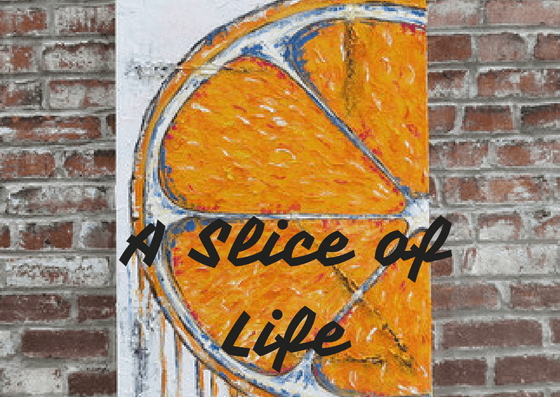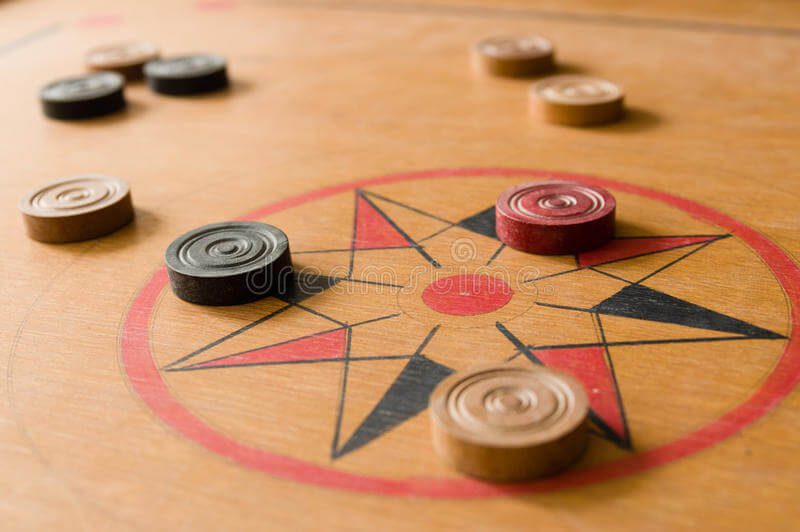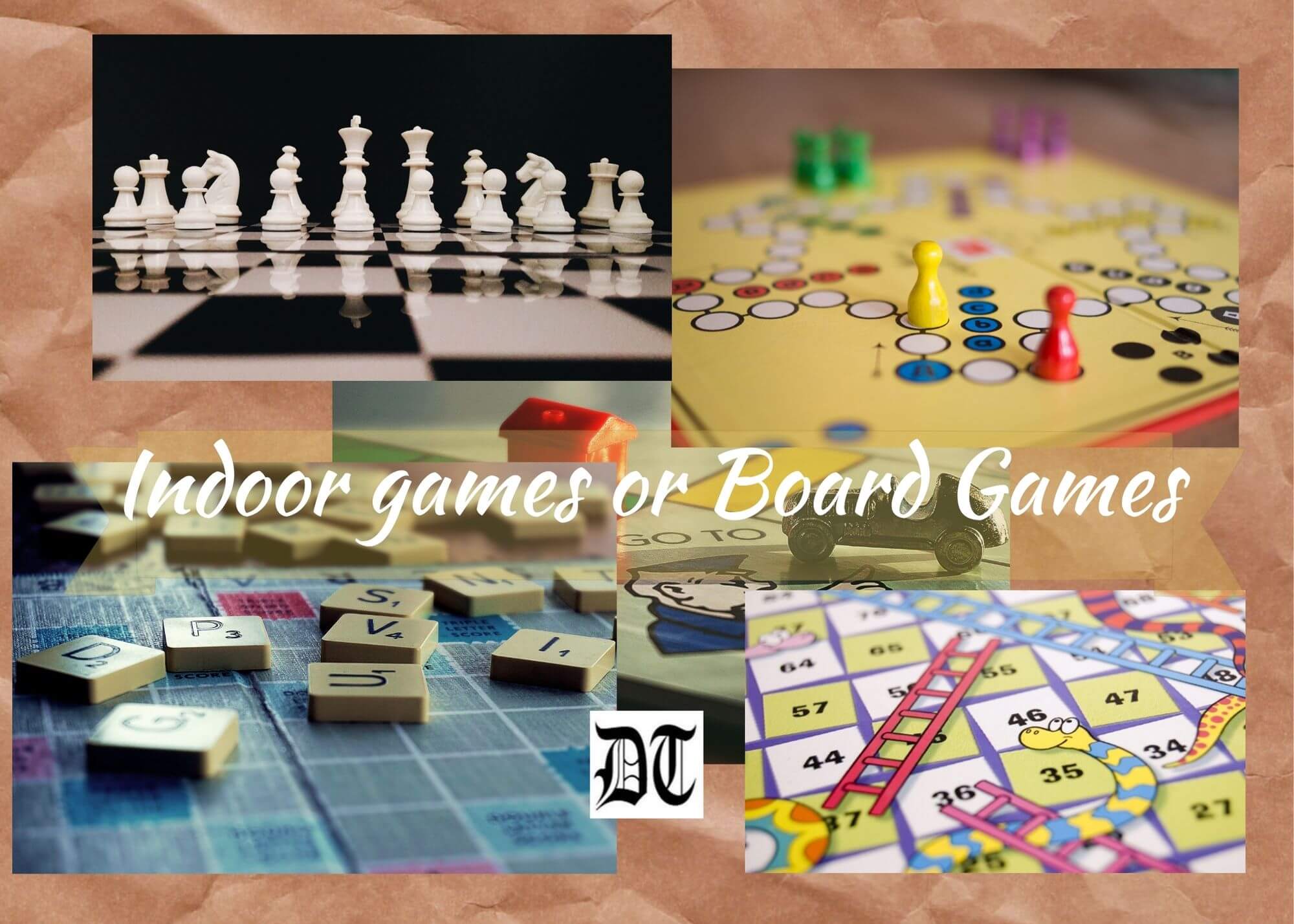Reading Time: 4 minutes
Ruchira tells us the genesis of seven indoor games, revealing many lesser-known facts. An exclusive for Different Truths.

For almost half of the ongoing year, I found myself confined to the precincts of my home – all due to an unexpected and severe reaction from my first jab of Covishield. While convalescing, I amused myself by reading a good deal of fiction. My second option was playing indoor games most of which do not require any physical exertion. While trying my hand at diverse commonplace indoor games, one day I had a brainwave: why not delve into the antecedents of the games? The result was interesting.
Ludo is a board game that all of us are familiar with. Highly popular among housewives and kids. Before Facebook and WhatsApp came along, that is. In medieval India it was called Pachisi, and the board was crafted out of cloth or jute fiber.
Its antecedents may be traced back farther to the Mahabharata wherein it was labeled as ‘Chausar’…
Its antecedents may be traced back farther to the Mahabharata wherein it was labeled as ‘Chausar’ and was shown to be frequently played by Kauravas and Pandavas. The Mughal emperors also reportedly enjoyed Pachisi.
In the late 19th century, different variations of the game surfaced in England. In 1896, its new avatar was called Ludo. Thereafter, the name was patented. The Britishers modified the game by introducing a cubic dice with a dice cup.
Bagatelle: A Billiards-derived Game
Bagatelle is a billiards-derived indoor table game, the object of which is to get a number of tiny balls past wooden pins (which act as obstacles) into holes that are guarded by wooden pegs; penalties are incurred if the pegs are knocked over.
It possibly originated and developed from the special tables made with raised sides for the game known as trou madame; the latter was played with ivory balls and remained highly exclusive in the late 19th century.
Subsequently, it evolved into bar billiards, under the influence of the French/Belgian game billard russe…
Subsequently, it evolved into bar billiards, under the influence of the French/Belgian game billard russe (supposedly of Russian origin). I remember how Bong kids of our times rather funnily nicknamed it as baghatooli. By the way, the official name may be attributed to the renowned Château de Bagatelle, a fashionable upmarket resort near Paris, France.
Snakes & Ladders
Snakes & Ladders was reportedly created by a medieval Indian saint by the name of Gyandev. It symbolised a game of vice and virtues envisaged to instill moral values in children. The squares infested with snakes represented vices, while those touched by ladders, virtues.
In bygone ages this game was familiarly known as Gyan Chaupar, Mokshapat, and Moksha Patamu. With the passing of time, several changes were incorporated, but the objective was the same: if you do good deeds, you go to heaven, and if you sin, you will be reborn.
Brainchild of the Mughal emperors, it used to be known as “Ganjifa”.
Playing cards is possibly the commonest pastime in our country, played by the affluent and the poor alike. Some games are friendly, amateurish, while others involve varying sums of money and hence are equivalent to gambling. Interestingly, card games originated in India in the 16th century. Brainchild of the Mughal emperors, it used to be known as “Ganjifa”. The game was played with lavish sets of cards, carved out of precious ivory and/or tortoise shells and further embellished with various precious stones.
Chess: An Indian War Game
Chess was initially called ‘Ashtapada’ (lit: 8×8 = 64 squares). It was played with dice on a checkerboard, but the familiar black and white squares did not exist. During the Gupta period, it became known as ‘Chaturanga’. Because the board was divided into four parts (anga), symbolising the four branches of the contemporary army – elephants, chariots, cavalry, and soldiers.
The manner of playing rules and regulations were miniature replicas of real-life war strategies.
The manner of playing rules and regulations were miniature replicas of real-life war strategies. In 600 A.D., the Persians, who travelled to India picked up the game and christened it as Shatranj. How many of you know that the word ‘Checkmate’ comes from the Persian term in the game, ‘Shah-Mat’, implying ‘the king is dead’.
Scrabbles is a word game in which either two or four players score points…
Scrabbles is a word game in which either two or four players score points by placing tiles, each bearing a single letter, onto a game board divided into a 15×15 grid of squares. The tiles must be used to form words that, in crossword fashion, read left to right in rows or downward in columns, and most importantly, figure in a standard dictionary or lexicon. This much sought-after game, sold worldwide, is available in 30 languages.

Carrom: Originated in India
Carrom is a strike-and-pocket table game. It is believed to have been born in the Indian subcontinent. Having gained popularity in the aftermath of World War I, it is now commonly played at most family or social gatherings. The game is also popular in many other countries across the globe – from major parts of Asia through the middle and parts of Europe.
Visuals by Different Truths and the Internet

















